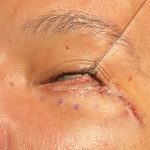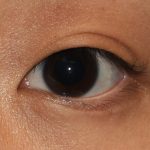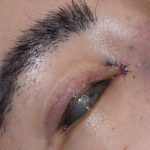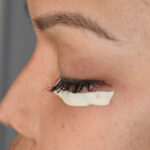Technical Strategies – Alloderm Infraorbital Rim Grafting for Undereye Hollows
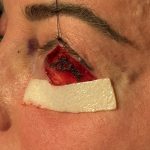
Undereye hollows are a common periorbital condition due to either aging, congenital development or both. They represent an anatomic deformity of which one major component is loss of volume. They are exacerbated when an infraorbital rim-cheek skeletal deficiency is also present. They are very much the antithesis of lower eyelid bags which are an excess Read More…




